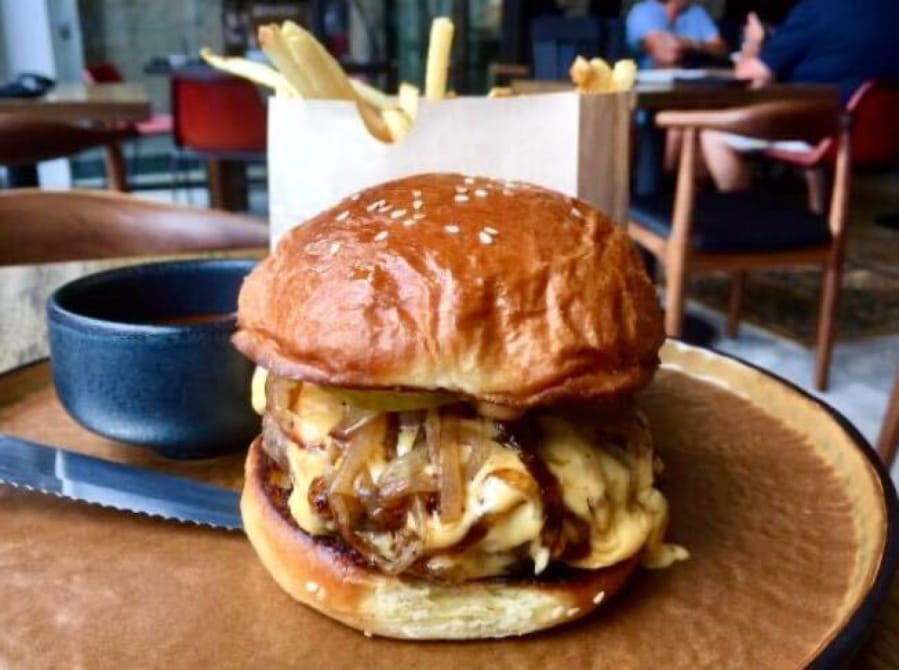It sounds heretical, particularly since the outdoor cooking season is getting started, but here goes: For a truly delicious burger, skip the grill, stay indoors and reach for a cast-iron skillet.
This advice is gleaned from interviews that I conducted with more than 100 chefs between 2013 and 2019 for an online column called Burger Friday, where I dissected the secrets behind burgers encountered in venues that ranged from drive-ins to food trucks to four-star kitchens.
A skillet allows the patties to baste in their own juices as they cook. That’s a huge improvement over losing all-important moisture to the spatters that cause annoying grilling flare-ups.
Using the right beef is also key. Begin by selecting the lowest percentage of lean ground beef that’s available, remembering that the lower the number, the higher the fat content and the juicier the burger. Stick with 85 percent or lower. If you have access to a butcher, ask for freshly ground chuck. It’s even better if the beef can be fortified with bits of richer cuts, such as brisket or sirloin.



